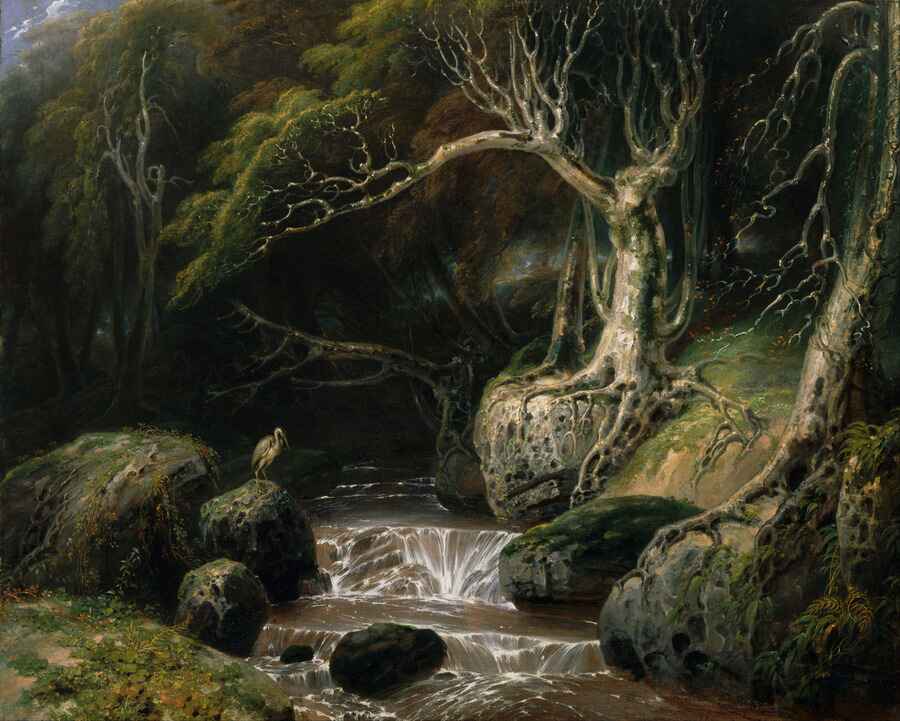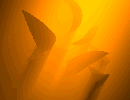Nostalgie De La Boue [Latin] - Nostalgia For The Mud; Homesick For The Gutter
Secularism is a religion, a religion that is understood. It has no mysteries, no mumblings, no priests, no ceremonies, no falsehoods, no miracles, and no persecutions.
- Robert Green Ingersoll
A New Framework for a Godless Age
Secularism, at its core, is humanity’s endeavor to navigate existence without divine anchors. It rejects theistic frameworks, seeking to ground meaning, morality, and society in reason, evidence, and human agency. Far from a mere absence of faith, it is a dynamic reimagining of how we live, think, and coexist. This 18-part series, mirroring the structure of our prior exploration of religion, charts secularism’s diverse terrain—from atheism’s resolute disbelief to Laicism’s strict separation of church and state. Each article probes a facet of this worldview, asking whether it liberates humanity or risks erecting new dogmas in place of old. With Ingersoll’s provocative claim as our starting point, we explore secularism not as a settled truth but as a contested space, inviting readers to navigate its promises and perils.
Secularism spans a spectrum of thought and practice, from personal philosophies like atheism to societal systems like secular governance. It responds to religion’s historical dominance, offering alternatives rooted in the observable and the rational. Yet, as Ingersoll’s quote suggests, secularism faces its own critique: can it truly escape the trappings of dogma, or does it merely trade one form of certainty for another? This introduction sets the stage for 17 articles, each dissecting a principle, practice, or system, from the intellectual rigor of freethought to the cultural expressions of secular spirituality. Together, they map a worldview that seeks truth in the measurable, meaning in the human, and order in the rational.
Defining Secularism’s Scope
Secularism is no singular doctrine. It encompasses personal stances (atheism, agnosticism), philosophical foundations (naturalism, rationalism), and societal structures (Laicism, secular education). Some strains, like freethought, champion intellectual liberty; others, like anti-clericalism, confront religious authority head-on. Secular culture and spirituality, meanwhile, address human needs for ritual, awe, and identity without divine reference. This series explores 17 interconnected topics—atheism, irreligion and antireligion, naturalism, non-sectarianism, neutrality, Laicism, anti-clericalism, humanism, agnosticism, freethought, secular ethics, materialism, rationalism, secular spirituality, secular education, secular governance, and secular culture—each a distinct lens to view the possibilities and tensions of a secular worldview.
A Historical Arc
Secularism emerged as a response to religion’s societal dominance, seeking to disentangle governance, education, and culture from divine authority. Its roots lie in ancient philosophical inquiries, but it took shape during the Enlightenment, when thinkers like John Locke advocated for the separation of church and state. The French Revolution formalized this with Laicism, enforcing secular governance. In the 19th century, movements like socialism and positivism pushed secular principles into public policy, prioritizing human welfare over religious doctrine. The 20th century saw secularism spread globally, from Turkey’s Kemalist reforms to the Soviet Union’s state atheism. Today, secularism shapes laws, schools, and cultural norms, yet debates persist: Does it promote equality or erode tradition? This series traces this arc, examining secularism’s societal impact.
Why Secularism Matters
Secularism is more than a rejection of religion—it’s a framework for constructing meaning without divine narratives. It shapes ethical systems, informs public policy, and redefines cultural expression, from classrooms prioritizing science to laws enforcing neutrality. Yet its rise fuels contention. Proponents view it as a path to clarity and equality; critics, echoing Gandhi’s call for personal faith, warn it may erode moral foundations or impose rational dogmas. This series engages these debates, pausing at points of intellectual clarity to assess secularism’s impact on individuals, societies, and global systems. It invites reflection, not resolution, on a worldview that shapes our era.
Parallels to the Religion Series
The religion series charted the sacred, from monotheism’s singular devotion to mysticism’s transcendent quests. This series parallels that journey, replacing faiths with worldviews (humanism, materialism) and rituals with practices (secular education, freethought). Where the religion series explored divine narratives, this one probes human ones, asking how we construct meaning without gods. By adopting the same 18-part structure, we ensure consistency, mapping secular thought with the depth and rigor applied to the sacred, offering a comprehensive guide to a godless age.
The Path Ahead
The 17 articles to follow dissect secularism’s facets, each a self-contained exploration of a principle, practice, or system. From atheism’s rejection of deities to secular culture’s reshaping of art and identity, we traverse intellectual, political, and cultural landscapes. Each article follows a consistent format:
- Historical Context: Tracing origins (e.g., Enlightenment roots of rationalism).
- Core Principles: Defining the topic’s essence (e.g., humanism’s focus on human agency).
- Global Variations: Exploring cultural manifestations (e.g., Laicism in France vs. India).
- Modern Relevance: Connecting to contemporary debates (e.g., secular ethics in technology).
- Critiques and Challenges: Examining tensions (e.g., materialism’s reductionist risks).
A Ritual of Inquiry
The structure of this series reflects a deliberate inquiry into secularism’s resilience. Each article opens with a quote from a thinker, like Ingersoll, setting a provocative tone that challenges assumptions—religious or rational. A multilingual blurb, to be selected, frames the exploration in a global context, emphasizing secularism’s universal relevance. Three closing perspectives—liberal, balanced, conservative—offer contrasting lenses: critiques of power, calls for integration, defenses of tradition. This format, echoing the religion series, tests secularism’s ability to withstand scrutiny, ensuring it faces the same rigor applied to faith.
The Stakes of Secularism
Secularism offers a blueprint for a world guided by reason, yet its unity is fragile. Can it sustain meaning without fracturing into rigid certainties? Does it elevate humanity or risk eroding its soul? This series invites readers to navigate these questions, not as believers or skeptics, but as explorers of a new frontier. Like astronomers charting distant stars, we pause to reflect, analyze, and question, seeking clarity in a godless age.
Why This Series Matters
Secularism is an experiment in human thought—a vision of a world where reason reigns. Yet experiments falter without scrutiny. This series provides that scrutiny, dissecting secularism’s promises and perils through 17 lenses. It’s a journey for the curious, the skeptical, and the hopeful, offering a map of ideas in an era of endless questions. As Ingersoll’s words challenge us to consider, truth lies not in answers but in the courage to ask.









